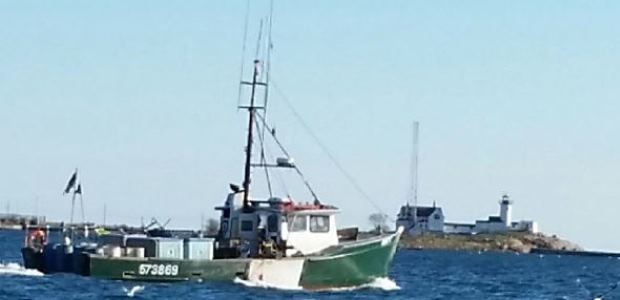
NTSB Calls for Coast Guard Standard on First Aid Kits' Contents
The safety board's report on the December 2015 sinking of the fishing boat Orin C sank off Cape Ann, Mass., also recommends that the U.S. Coast Guard ensure that at all times, at least one crew member aboard each type of response boat is adequately trained on the medical emergencies expected in a marine environment and qualified in the use of first aid and trauma equipment carried on board.
A new report from the National Transportation Safety Board recommends that the U.S. Coast Guard develop a standard for the contents of first aid and trauma kits for each type of response vessel it operates and also ensure that at all times, at least one crew member aboard each type of response boat is adequately trained on the medical emergencies expected in a marine environment and qualified in the use of first aid and trauma equipment carried on board. The report examines the Dec. 3, 2015, sinking of the fishing boat Orin C off Cape Ann, Mass.
The wooden-hulled fishing boat went down while under tow after having to shut down its engine. A wave estimated at 15 feet hit it, parting the tow rope, and the three crew members were forced to don their immersion suits and abandon ship. Two crew members were rescued uninjured, but the captain, age 47, was not breathing when pulled from the water and did not survive.
The report finds that the probable cause of the sinking was the structural failure of the ship's hull and flooding of the vessel as it was towed in adverse conditions.
The report says NTSB investigators could not find any USCG standard for the contents of first aid and trauma kits carried about the Coast Guard's response vessels -- a 47-foot motor lifeboat was involved in the Orin C rescue -- and the board concluded no standard for kit contents on the boats exists.